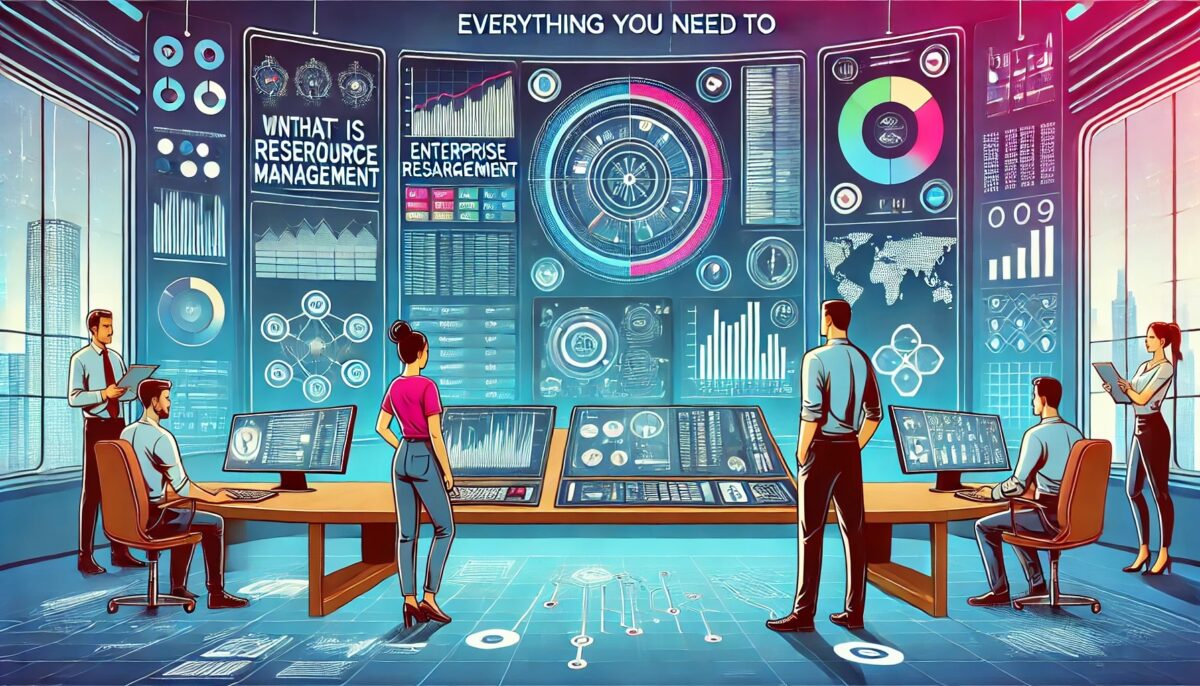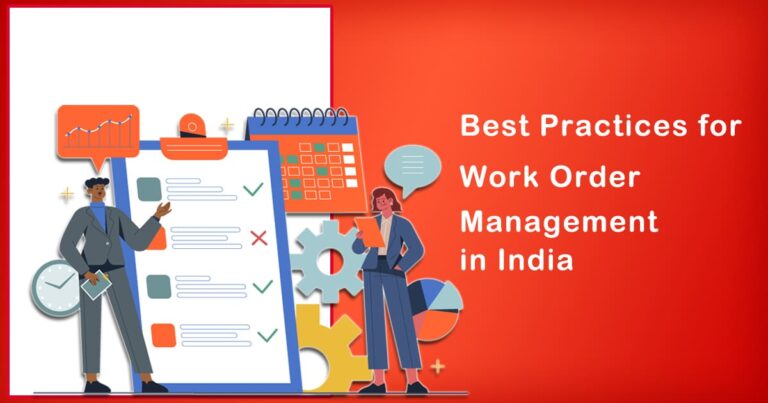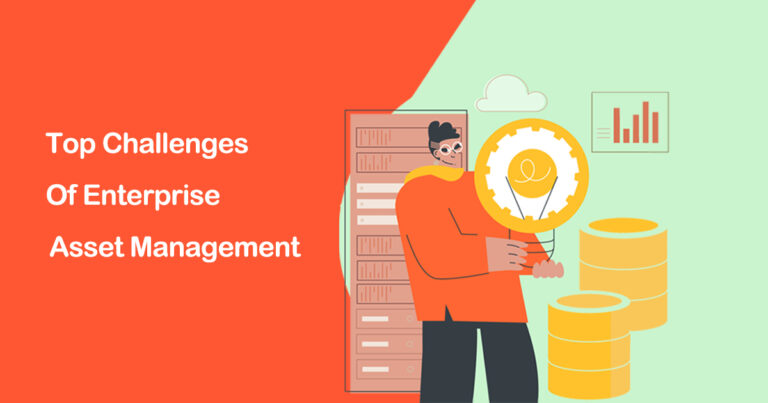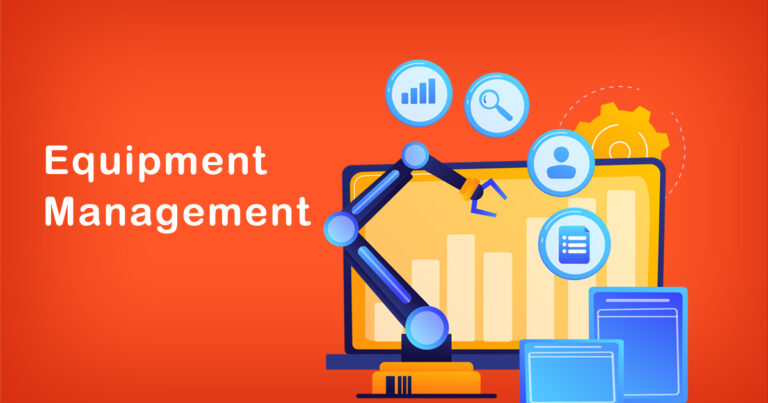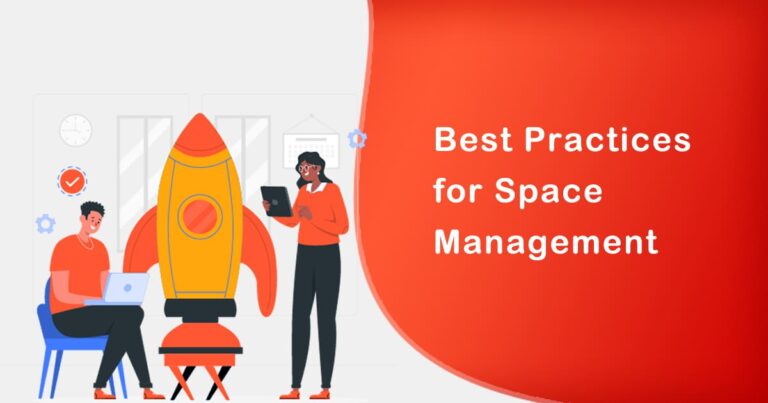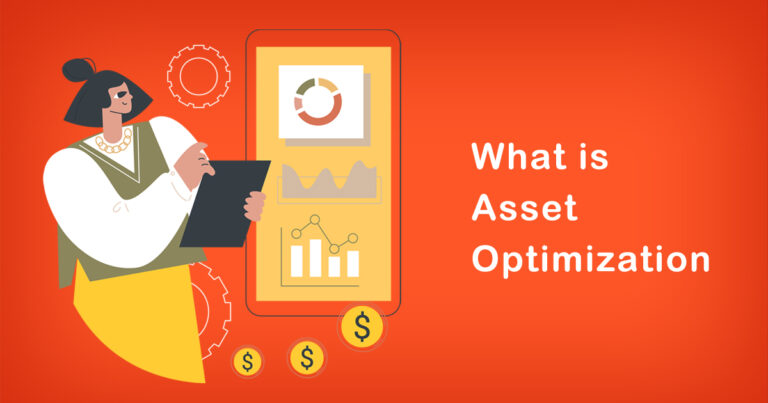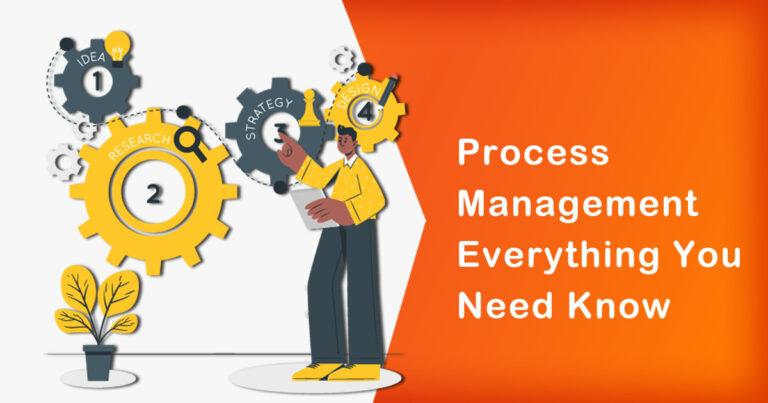Introduction
In today’s rapidly evolving business landscape, efficient resource management is not just a key to success but often a determinant of survival. Enterprise Resource Management (ERM) emerges as a critical framework that Indian businesses increasingly rely upon to streamline operations, optimize resources, and enhance overall productivity. let’s we delve into what is enterprise resource management (ERM) in Indian context.
Understanding Enterprise Resource Management (ERM)
Enterprise Resource Management, commonly referred to as ERM, encompasses a set of integrated processes designed to manage an organization’s resources effectively. These resources typically include financial assets, human capital, inventory, and production capacity. The primary goal of ERM is to facilitate seamless coordination across various departments within an organization, ensuring optimal resource allocation and utilization.
Key Components of Enterprise Resource Management (ERM)
Financial Management:
Enterprise Resource Management (ERM) integrates financial processes such as budgeting, accounting, and financial reporting. In the Indian context, where diverse regulatory frameworks and taxation norms exist, ERM systems help businesses comply with regulations while maintaining financial transparency.
Human Resource Management:
Managing human capital is crucial for organizational success. ERM systems in India streamline HR processes such as payroll management, performance evaluation, training, and development, ensuring workforce efficiency and satisfaction.
Supply Chain Management:
In a country as geographically diverse as India, efficient supply chain management is pivotal. ERM optimizes supply chain processes, from procurement to distribution, minimizing costs and ensuring timely delivery of goods and services.
Customer Relationship Management (CRM):
CRM integrated within ERM systems enables businesses to enhance customer interactions, understand customer needs better, and deliver personalized services. In India’s competitive market, effective CRM can significantly boost customer retention and satisfaction.
Project Management:
ERM facilitates project planning, execution, and monitoring. This is particularly crucial in sectors like infrastructure development, where large-scale projects require meticulous coordination of resources and stakeholders.
Benefits of ERM in the Indian Context
Improved Efficiency and Productivity:
By automating repetitive tasks and optimizing resource allocation, ERM systems enhance overall efficiency and productivity, crucial for businesses aiming to thrive in India’s competitive market.
Cost Reduction:
Effective resource management minimizes wastage and reduces operational costs. For Indian businesses facing fluctuating economic conditions and cost pressures, ERM offers a strategic advantage.
Enhanced Decision-Making:
ERM systems provide real-time data and insights, empowering decision-makers with accurate information to make informed strategic decisions swiftly. This capability is invaluable in India’s dynamic business environment.
Compliance and Risk Management:
ERM ensures compliance with regulatory requirements and mitigates operational risks. Given India’s stringent regulatory landscape, especially in sectors like finance and manufacturing, robust ERM systems are indispensable.
Scalability and Growth:
As businesses in India aim for scalability and expansion, ERM systems provide scalable solutions that can adapt to evolving organizational needs and support growth initiatives effectively.
Implementing ERM: Challenges and Considerations
While the benefits of ERM are compelling, implementing an ERM system in an Indian context comes with its own set of challenges:
Technological Infrastructure:
Ensuring robust IT infrastructure and connectivity, especially in remote areas, is essential for the successful deployment of ERM systems across diverse geographical locations in India.
Cultural and Organizational Change:
Adopting ERM requires a cultural shift towards data-driven decision-making and process standardization. Change management efforts are crucial to overcome resistance and ensure user adoption.
Integration Complexity:
Integrating ERM with existing legacy systems can be complex and requires careful planning and execution to avoid disruptions in operations.
Data Security and Privacy:
With increasing concerns about data security and privacy, implementing stringent measures to protect sensitive information is imperative, especially in compliance with India’s data protection laws.
Future Trends in ERM
Looking ahead, several trends are shaping the future of ERM in India:
AI and Machine Learning:
Integration of AI and machine learning capabilities within ERM systems will enable predictive analytics and enhance decision-making accuracy.
Cloud-Based Solutions:
Adoption of cloud-based ERM solutions offers scalability, flexibility, and cost-efficiency, making them increasingly popular among Indian businesses.
Blockchain Technology:
Blockchain holds potential in enhancing transparency and security in ERM processes, particularly in supply chain management and financial transactions.
Focus on Sustainability:
ERM systems are evolving to incorporate sustainability metrics, aligning with India’s growing emphasis on environmental and social governance (ESG) practices.
Conclusion
Enterprise Resource Management (ERM) stands as a cornerstone of organizational efficiency and competitiveness in India’s dynamic business landscape. By integrating and optimizing resources across financial, human, and operational domains, ERM systems empower businesses to navigate challenges, capitalize on opportunities, and drive sustainable growth. As India continues its journey towards economic transformation, ERM remains a vital tool for enterprises seeking to achieve operational excellence and strategic resilience. In essence, embracing ERM is not merely an option but a strategic imperative for Indian businesses aiming to thrive in the digital age.


